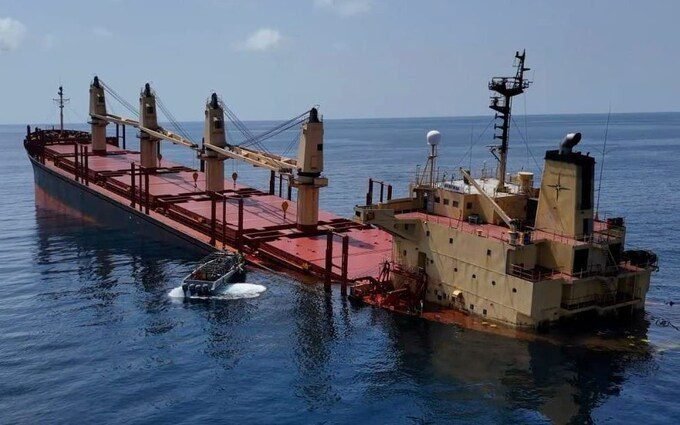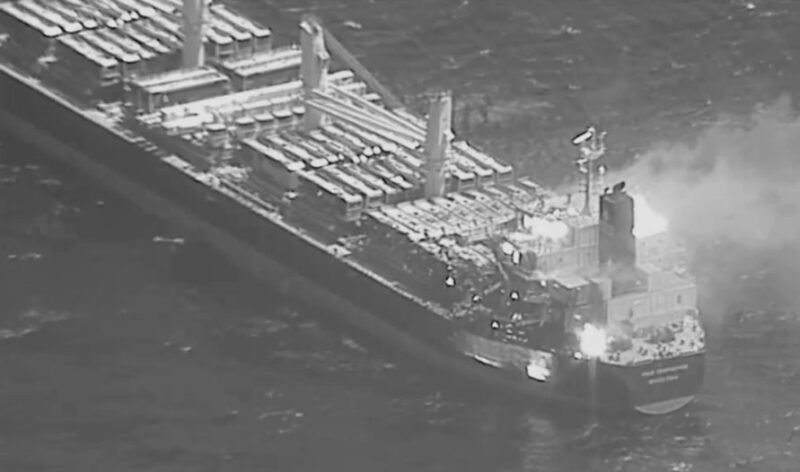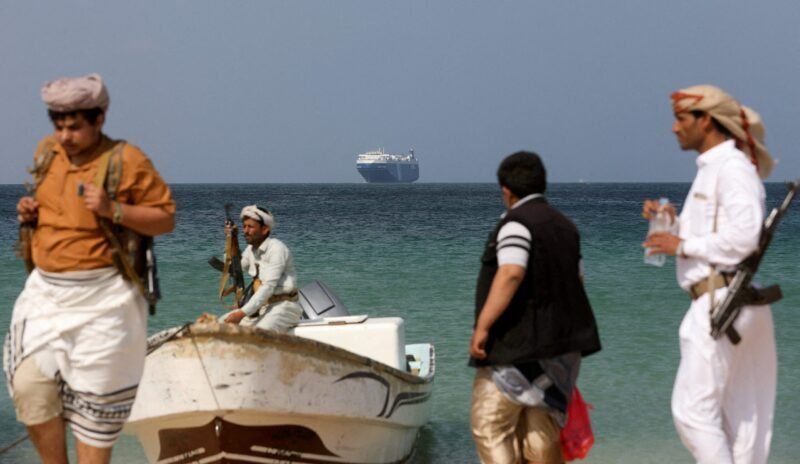The US Maritime Administration has issued new guidelines for US-flagged commercial vessels navigating high-risk areas in the Middle East due to escalating regional conflicts. The advisory replaces previous recommendations and addresses the volatile maritime security situation caused by Houthi attacks and Somali piracy, impacting critical international shipping routes. Despite efforts by the US and its allies through operations like Operation Prosperity Guardian and EU Operation Aspides and Atalanta, the free flow of trade in the region remains challenged.
One key recommendation in the advisory is for ships to turn off their Automatic Identification System transponders to reduce the risk of attack, particularly in areas with a high threat from Houthi forces targeting ships associated with Israel, the US, or the UK. The risks also extend to Iranian forces in areas like the Persian Gulf, the Strait of Hormuz, and the Arabian Sea, highlighting the importance of complying with international law when encountering Iranian forces.
The advisory also warns about piracy threats in the region, with recent incidents in the Gulf of Aden, Arabian Sea, and Indian Ocean, as well as threats from UAVs and limpet mines. The establishment of the Red Sea/Gulf of Aden Joint Maritime Information Center aims to provide updated threat assessments and incident reports for improved response coordination. Overall, the guidance emphasizes vigilance, implementing safety measures, and adhering to Coast Guard guidelines to address the evolving security challenges in critical waterways.


















